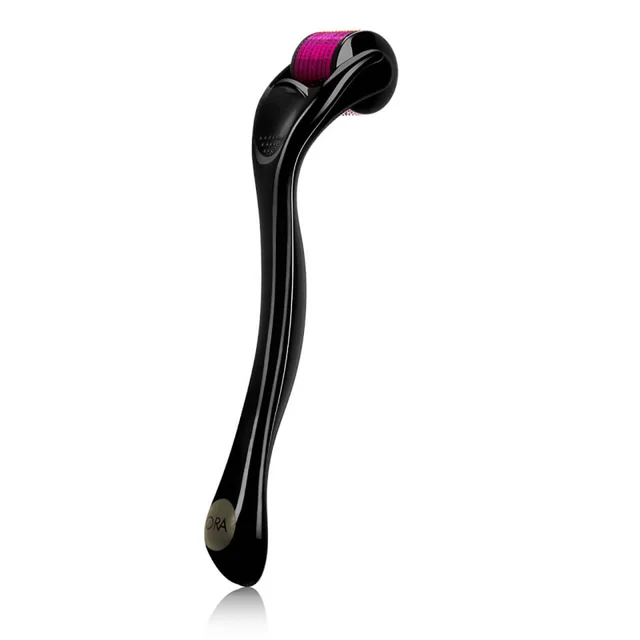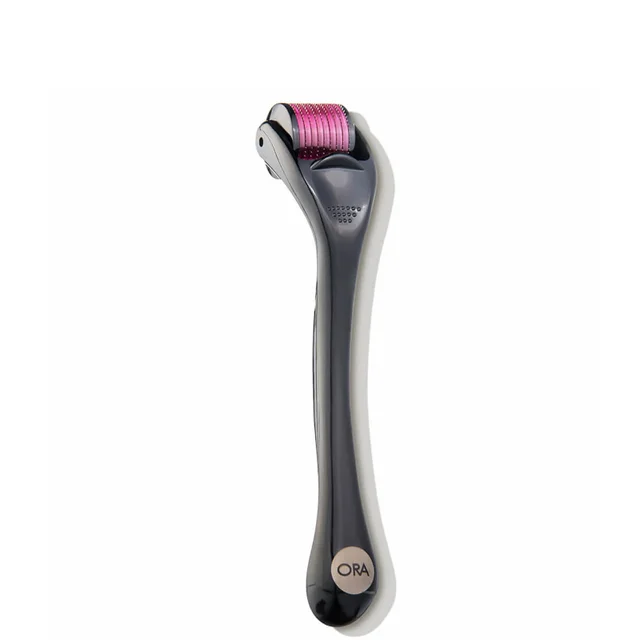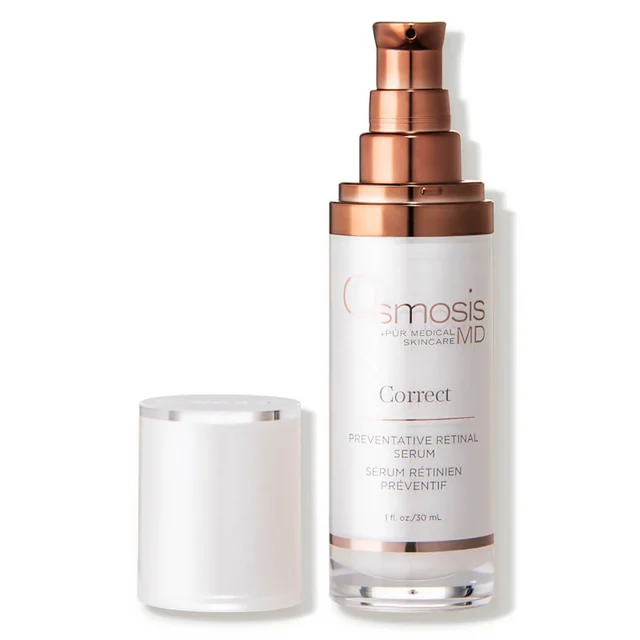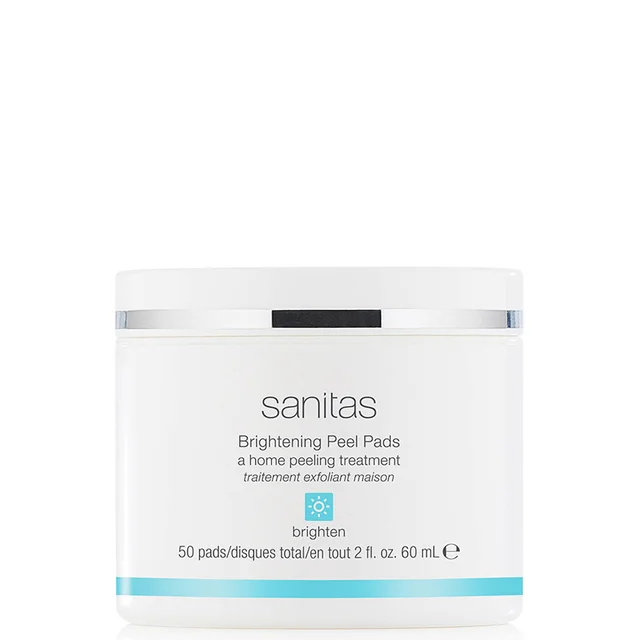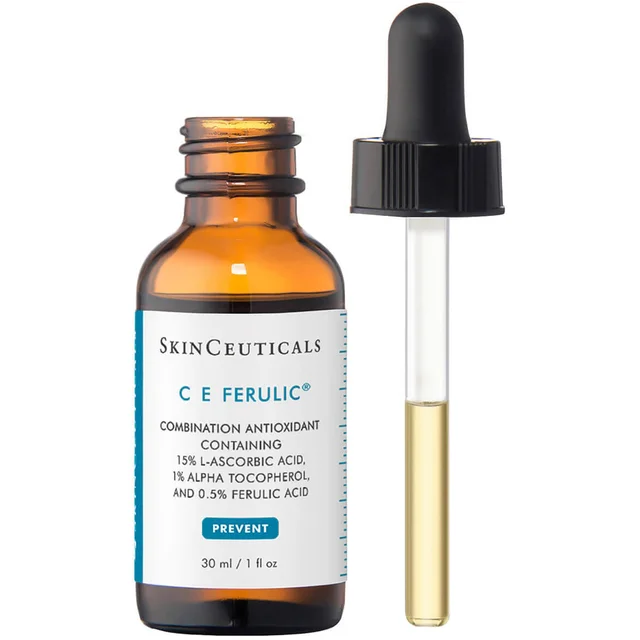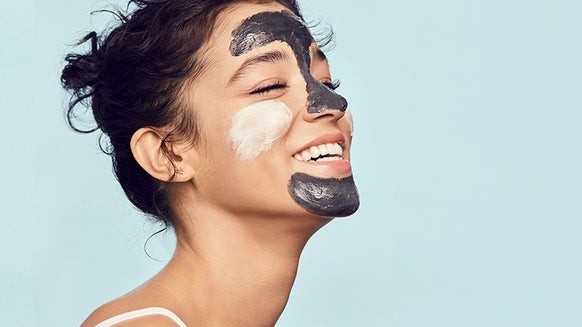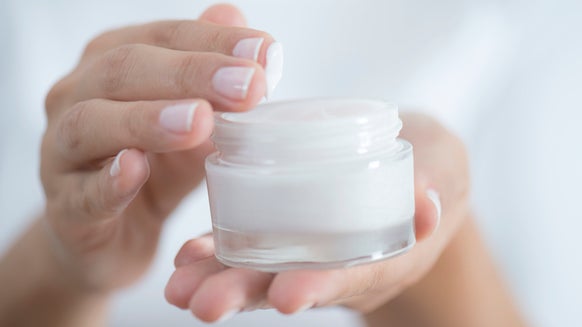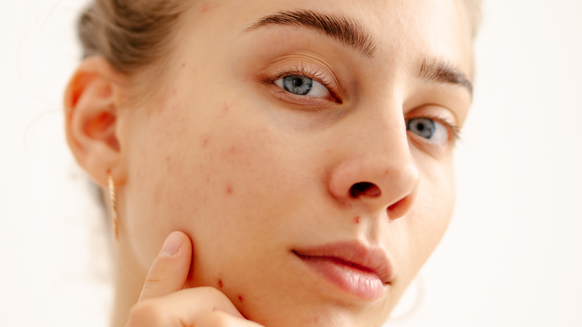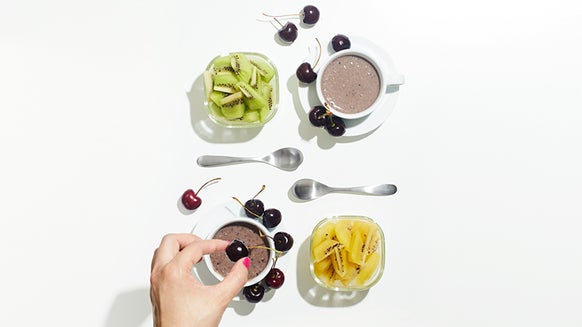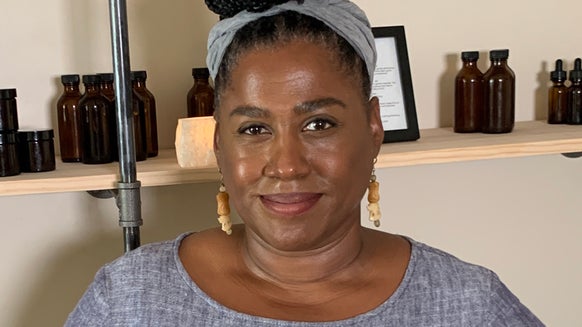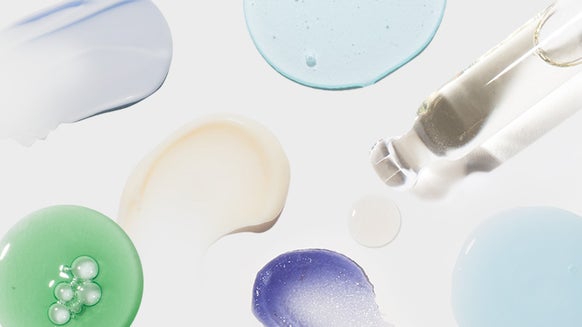How to Get Rid of Dark Scars—And 5 Dermatologist-Approved Skincare Treatments
Table of Contents:
How Do Scars Form?
Scars are a normal part of life, and you’ll be hard-pressed to find someone without one. When a scar forms on the skin, it’s a way of the body healing from an injury, whether intentional or elective, as with surgery, for example. Any cut, scrape, incision, burn, or other type of damage that’s done to the skin causes the body to react by creating scar tissue, which consists primarily of collagen. This tissue essentially allows the affected skin to close and heal properly.
There’s no way to know how a scar will form. Several factors dictate scar formation, including the degree of inflammation caused by the injury, the size, severity, and location of the wound, how the damaged skin was initially cared for, and the current condition of your skin, which is why no two are exactly alike. When a scar first forms, it’s usually red or pink, and the area can be tender. Then, over time, the scar will transform as it matures. Some scars are thick and red, while others are short, thin, and white. There are multiple types of scars, too, resulting from the amount of collagen the body creates as part of the healing response.
A scar can develop anywhere on the skin and can transpire as one of the following:
Contracture scars: often form after a burn and leaves the skin skin tight and difficult to contract Atrophic scars: round, pitted, or depressed scar, as with chickenpox or acne scars Flat scars: a typical type of scar that turns from red or pink to whiten and flattens out over time Keloid scars: raised, puffy-looking scars that sit above the skin due to an overgrowth of scar tissue Stretch mark scars: occur when the skin shrinks or expands fast, and the underlying collagen is damaged
Most scars tend to fade and soften over time, making them far less noticeable, but sometimes, a little help is needed to move that process along.
Dermatologist-Approved Skincare Treatments
1. Microneedling
One of the more effective and popular treatments for improving the look of bothersome scars is microneedling. This professionally administered treatment can be done by your dermatologist (a more invasive option of the two). Alternatively, you can opt for an at-home derma roller to help fade existing scars while flattening and smoothing them regardless of skin tone and type.
Microneedling relies on tiny, thin, sterile needles that safely pierce the uppermost layer of skin to incite a microscopic wound. As the skin heals, it creates new collagen as a healing response, helping to improve existing surgical scars, acne scars, and even stretch marks so that the skin emerges firmer and smoother. Although most people opt for microneedling on their face, it’s perfectly suitable to do anywhere on the body where a scar exists. However, multiple repeat sessions are needed to improve an existing scar, whether you go with the at-home DIY version or a professionally administered treatment.
At home microneedling utilizes small dermal rollers with tiny needles that are a few millimeters long at most. Because the needles are often shorter than what a doctor has access to, they don’t reach as far down into the dermis. Rolling the tool back and forth over the scar and creating small holes in the skin allows the body to recognize a controlled injury and send the healing process into high drive, creating fresh, well-organized bundles of collagen that improve existing scars. With professionally administered microneedling treatments, the course of action is the same. Still, the main difference is that the needles reach deeper into the skin via an electrical machine with a needle tip.
After microneedling, it’s normal for the skin to emerge somewhat pink or red and with pinpoint bleeding, which is more so with doctor-administered treatments rather than at home rollers. Any initial skin changes will subside within a few days, if not sooner.
Featured Product: Beauty ORA Microneedle Face Roller System
Beauty Insider Tip: At the same intensity, use the roller back and forth on the treatment area 5-10 times in each direction.
2. Retinol
The popular anti-aging ingredient decreases the appearance of apparent
Featured Product: Medik8 Intelligent Retinol 3TR Serum
Beauty Insider Tip: Retinol should be added into your routine gradually. It's best to use twice a week for the first 2 weeks, every other evening for the next 2 weeks, and then every night.
3. Vitamin C
Antioxidant-rich vitamin C can help improve the tone and texture of scarred skin by reducing redness in the skin. However, it won’t improve the thickness of the scar.
Featured Product: SkinCeuticals C E Ferulic
Beauty Insider Tip: As a daytime Vitamin C serum, apply this in the morning after cleansing and toning for the best results.
4. Silicone Gels and Sheets
Silicone gels and sheets are a doctor favorite for helping to heal newer scars. Worn over the scars for upwards of a few weeks, the silicone creates a seal over the skin to lock in hydration and protect it. Silicone sheets work best for minimizing the look of surgical scars and those that are trauma-related, but they won’t do much to flatten thicker, raised ones.
Featured Product: SkinCeuticals Advanced Scar Control Skin Protectant Gel
Beauty Insider Tip: To avoid any potential negative impact on scar healing caused by UV rays, pair this protectant gel with a broad spectrum sunscreen.
5. Hydroquinone
A skin lightening and brightening ingredient found in skincare products, hydroquinone can help decrease red, pink, and purple pigment in scars, but it won’t affect their texture or thickness.
Featured Product: Eminence Bright Skin Licorice Root Exfoliating Peel
Beauty Insider Tip: With more sensitivity to the sun, make sure to wear sunscreen daily if using this skin brightening exfoliating peel.
The Bottom Line

Elise Minton Tabin is an award-winning beauty journalist, editor, and beauty expert with more than 16 years of experience. She previously held the title of Executive Beauty Editor at NewBeauty magazine, where she reported on beauty, plastic surgery, anti-aging, health and wellness. She was also instrumental in the launch of the beauty supplement brand Hush & Hush. A self-professed beauty junkie and retinol and sunscreen pusher, Elise knows what’s new, what works and who’s the best to go for every procedure under the sun. Follow Elise on Facebook, Instagram, and on her beauty blog, elisetabin.com
